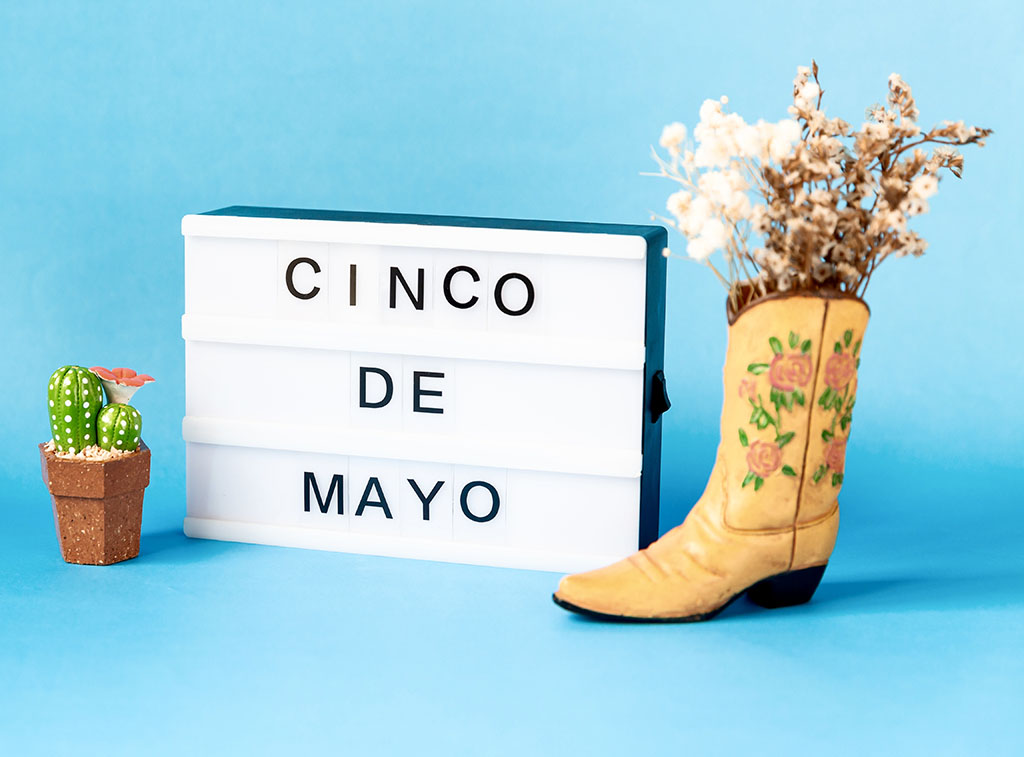Cinco de Mayo: Firearms of the Battle of Puebla
Author: Jack Collins | Publish Date: May 05, 2024
Every year on May 5th, people across the world celebrate Cinco de Mayo. And while everyone loves to drink tequila and wear sombreros, few people know what this holiday actually commemorates.
Cinco de Mayo is a celebration of the Mexican victory over the French in the Battle of Puebla. This engagement was part of the Second Franco-Mexican war, a conflict that saw the French Republic pitted against the Mexican Empire in the New World.

There are plenty of fascinating facts about the Battle of Puebla. But one of the things that interests us the most at Southern Defense is the types of firearms they used. So I did what any good gun enthusiast would do: conduct some research into the conflict and the weapons each side fielded. Let’s take a look at the firearms of the Battle of Puebla.
Mexican Forces: 1853 Enfield Rifle
The Mexican Empire was seriously outnumbered at the Battle of Puebla. They showed up with just over 3,500 people – just over half of the numbers the French brought. However, they were fighting on their home turf against foreign invaders. Any casual student of history will tell you that armies fighting on their home soil usually have an advantage.
They also had an advantage in small arms. Their main service weapon, the 1853 Enfield Rifle Musket, had a rifled barrel. Although we take rifled barrels for granted today, this was a relatively new innovation at the time.
Rifled barrels have twisted grooves that run down the length of their internal walls. This makes a bullet spin while in the air, which stabilizes its flight path. As a result, their advanced rifles allowed the Spanish forces to engage the French at longer distances.

Pattern 1853 Enfield rifle-musket
French Forces: M1857 and M1822 Muskets
The French fielded around 5,000 men at the Battle of Puebla. The vast majority of them were equipped with muskets that were later upgraded to fire using a percussive mechanism.
These smoothbore guns didn’t have great accuracy or range, and could be used effectively out to about 300 yards. While some of the French rifles at the Battle of Puebla had rifling, they weren’t distributed to all the French troops. As a result, the French had a significant disadvantage in weapons technology.

Springfield Model 1822 Мusket
The Springfield Model 1822, a .69 caliber flintlock musket, was crafted by the United States during the early 19th century, following the lineage of the Springfield Model 1816. While some records treat the Model 1822 as an independent model, others categorize it as a Type II variant of the Model 1816.
Similar to its predecessor, the Model 1822 boasted a .69 caliber smoothbore flintlock, featuring a 42-inch barrel and measuring 58 inches in total length. A notable modification in the Model 1822 was the repositioning of the lower sling swivel, which now attached to an enlarged portion in the forward section of the trigger guard, drilled to accommodate the sling swivel rivet. Previously, the sling swivel was mounted on a stud in front of the trigger guard.
Production of the Model 1822 extended beyond the Springfield and Harpers Ferry armories, with various independent contractors contributing to its manufacturing. Eventually, the Model 1822 was succeeded by the Springfield Model 1835, often regarded as a continuation of the Model 1816, designated as the Type III.
The Debrief
Thanks in no small part to their advantage in small arms (and a timely cavalry charge) the Mexican forces triumphed at the battle of Puebla. On this Cinco de Mayo, try to take a break between tequila shots to think about the brave men who carried the day.